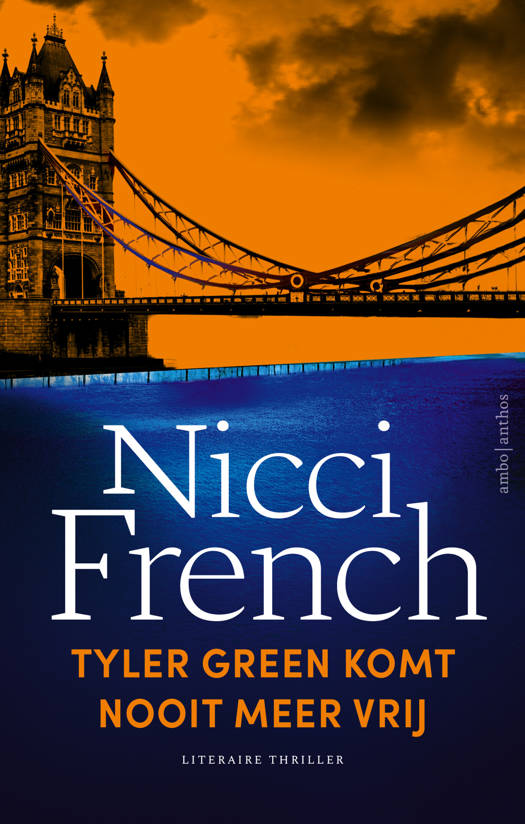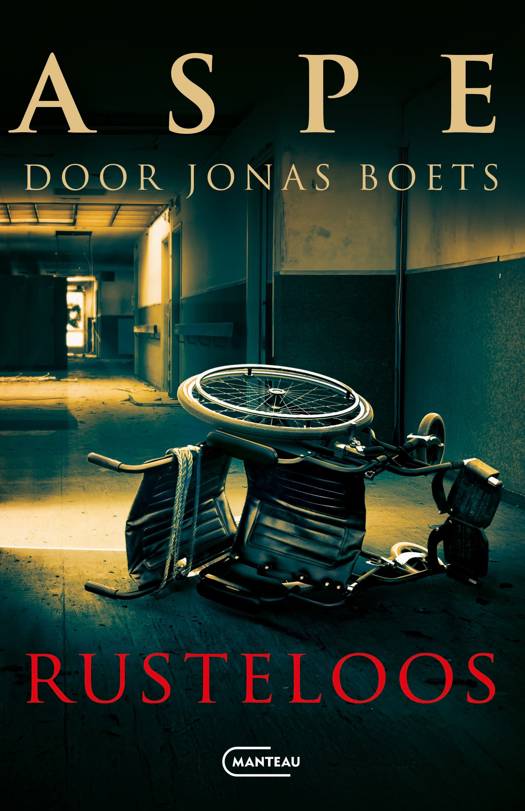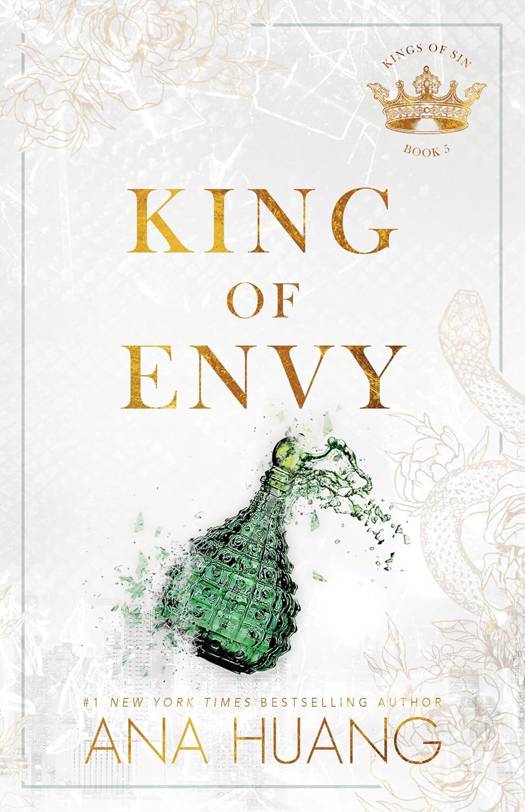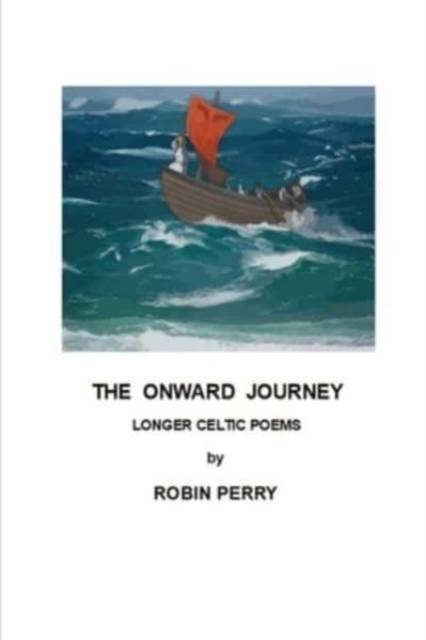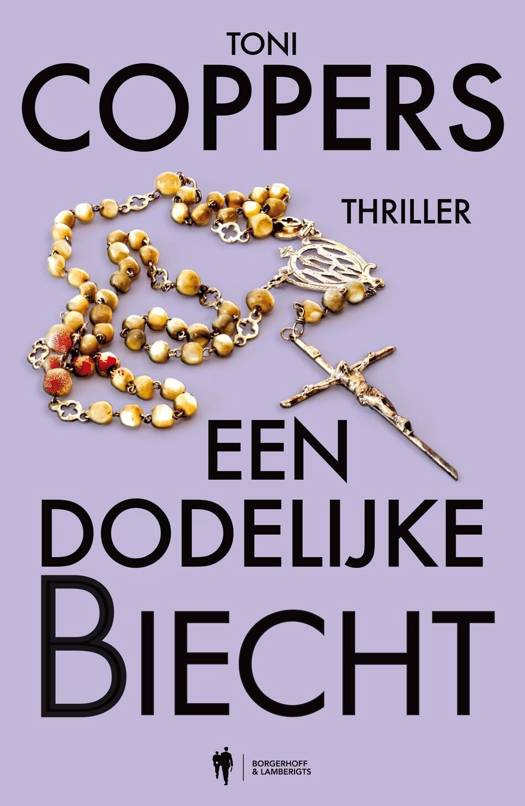
- Afhalen na 1 uur in een winkel met voorraad
- Gratis thuislevering in België vanaf € 30
- Ruim aanbod met 7 miljoen producten
- Afhalen na 1 uur in een winkel met voorraad
- Gratis thuislevering in België vanaf € 30
- Ruim aanbod met 7 miljoen producten
Zoeken
Omschrijving
This book of twenty longer Celtic poems, though it follows the other two volumes of shorter poems in terms of its conception and writing, in one sense partly precedes the other two in that it starts with the exile of Columcille and the start of his mission as Columba to Alba which we now know as Scotland. The poems trace the mission of Aidan to Northumbria and some of the contemporary and later figures in that region's subsequent history which connect this volume with the other two.
Two of the poems, though not prescriptive in themselves, look at the issue of living in our modern times and then hearken back to the early chapters of the book of Acts in the Bible's New Testament for examples and guidance. The second section is concerned with the Celtic practice of storytelling and combines some mythical tales with accounts based on real life experience as in "The First Drops," "From the Slovakian Forests" and "Snowprints." They end with an account of three eastern travelers coming to witness the virgin birth in a very modern urban setting.
Though many of the poems about the Celtic saints and their associates will read as chronicles and perhaps seem devoid of much interesting imagery, they nevertheless represent an attempt to tell the story of these relatively obscure but important figures in our earlier history and to credit them with the influences they passed on to so many of us. I hope the reader will bear with this journey and indeed travel onwards and upwards with each account.
Two of the poems, though not prescriptive in themselves, look at the issue of living in our modern times and then hearken back to the early chapters of the book of Acts in the Bible's New Testament for examples and guidance. The second section is concerned with the Celtic practice of storytelling and combines some mythical tales with accounts based on real life experience as in "The First Drops," "From the Slovakian Forests" and "Snowprints." They end with an account of three eastern travelers coming to witness the virgin birth in a very modern urban setting.
Though many of the poems about the Celtic saints and their associates will read as chronicles and perhaps seem devoid of much interesting imagery, they nevertheless represent an attempt to tell the story of these relatively obscure but important figures in our earlier history and to credit them with the influences they passed on to so many of us. I hope the reader will bear with this journey and indeed travel onwards and upwards with each account.
Specificaties
Betrokkenen
- Auteur(s):
- Uitgeverij:
Inhoud
- Aantal bladzijden:
- 68
- Taal:
- Engels
Eigenschappen
- Productcode (EAN):
- 9781839459375
- Verschijningsdatum:
- 1/05/2021
- Uitvoering:
- Paperback
- Formaat:
- Trade paperback (VS)
- Afmetingen:
- 152 mm x 229 mm
- Gewicht:
- 113 g
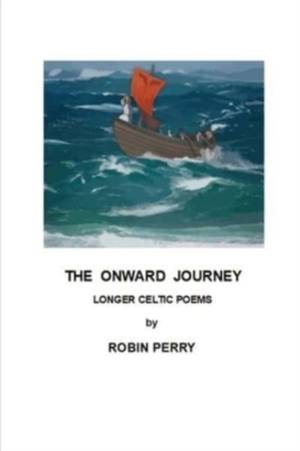
Alleen bij Standaard Boekhandel
+ 16 punten op je klantenkaart van Standaard Boekhandel
Beoordelingen
We publiceren alleen reviews die voldoen aan de voorwaarden voor reviews. Bekijk onze voorwaarden voor reviews.


